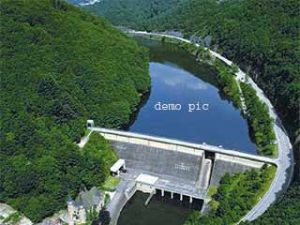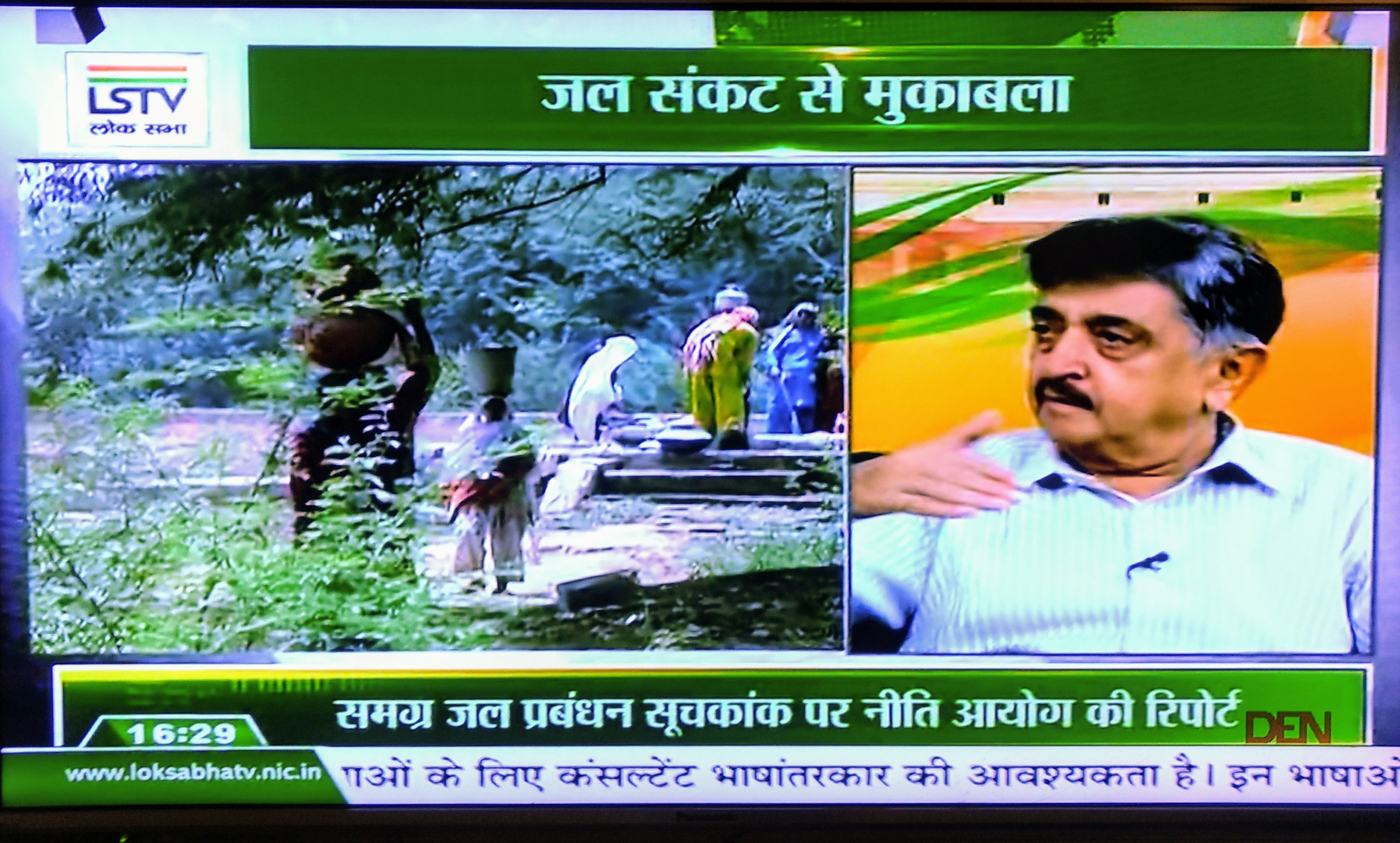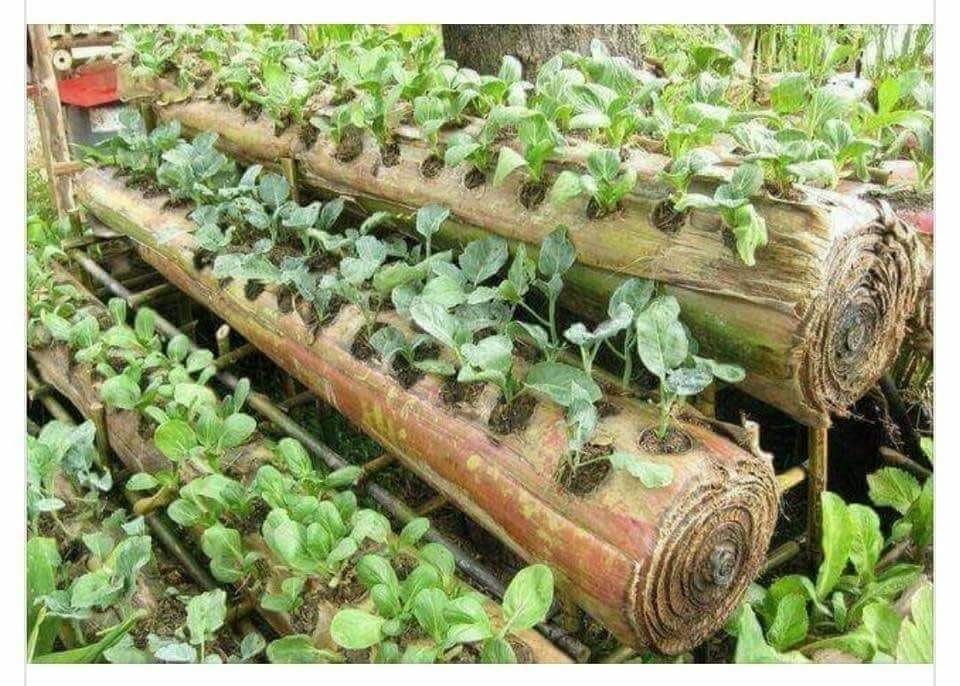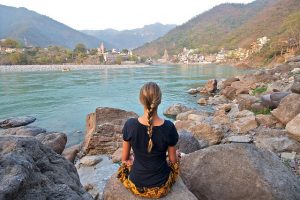Chronology of Indian Environmental Laws
In the Constitution of India it is clearly stated that it is the duty of the state to ‘protect and improve the environment and to safeguard the forests and wildlife of the country’. It imposes a duty on every citizen ‘to protect and improve the natural environment including forests, lakes, rivers, and wildlife’. Reference to the environment has also been made in the Directive Principles of State Policy as well as the Fundamental Rights. The Department of Environment was established in India in 1980 to ensure a healthy environment for the country. This later became the Ministry of Environment and Forests in 1985.
The constitutional provisions are backed by a number of laws – acts, rules, and notifications. The EPA (Environment Protection Act), 1986 came into force soon after the Bhopal Gas Tragedy and is considered an umbrella legislation as it fills many gaps in the existing laws. Thereafter a large number of laws came into existence as the problems began arising, for example, Handling and Management of Hazardous Waste Rules in 1989.
Following is a list of the environmental legislations that have come into effect:
General
Forest and wildlife
Water
Air
General
1986 – The Environment (Protection) Act authorizes the central government to protect and improve environmental quality, control and reduce pollution from all sources, and prohibit or restrict the setting and /or operation of any industrial facility on environmental grounds.
1986 – The Environment (Protection) Rules lay down procedures for setting standards of emission or discharge of environmental pollutants.
1989 – The objective of Hazardous Waste (Management and Handling) Rules is to control the generation, collection, treatment, import, storage, and handling of hazardous waste.
1989 – The Manufacture, Storage, and Import of Hazardous Rules define the terms used in this context, and sets up an authority to inspect, once a year, the industrial activity connected with hazardous chemicals and isolated storage facilities.
1989 – The Manufacture, Use, Import, Export, and Storage of hazardous Micro-organisms/ Genetically Engineered Organisms or Cells Rules were introduced with a view to protect the environment, nature, and health, in connection with the application of gene technology and microorganisms.
1991 – The Public Liability Insurance Act and Rules and Amendment, 1992 was drawn up to provide for public liability insurance for the purpose of providing immediate relief to the persons affected by accident while handling any hazardous substance.
1995 – The National Environmental Tribunal Act has been created to award compensation for damages to persons, property, and the environment arising from any activity involving hazardous substances.
1997 – The National Environment Appellate Authority Act has been created to hear appeals with respect to restrictions of areas in which classes of industries etc. are carried out or prescribed subject to certain safeguards under the EPA.
1998 – The Biomedical waste (Management and Handling) Rules is a legal binding on the health care institutions to streamline the process of proper handling of hospital waste such as segregation, disposal, collection, and treatment.
1999 – The Environment (Siting for Industrial Projects) Rules, 1999 lay down detailed provisions relating to areas to be avoided for siting of industries, precautionary measures to be taken for site selecting as also the aspects of environmental protection which should have been incorporated during the implementation of the industrial development projects.
2000 – The Municipal Solid Wastes (Management and Handling) Rules, 2000 apply to every municipal authority responsible for the collection, segregation, storage, transportation, processing, and disposal of municipal solid wastes.
2000 – The Ozone Depleting Substances (Regulation and Control) Rules have been laid down for the regulation of production and consumption of ozone depleting substances.
2001 – The Batteries (Management and Handling) Rules, 2001 rules shall apply to every manufacturer, importer, re-conditioner, assembler, dealer, auctioneer, consumer, and bulk consumer involved in the manufacture, processing, sale, purchase, and use of batteries or components so as to regulate and ensure the environmentally safe disposal of used batteries.
2002 – The Noise Pollution (Regulation and Control) (Amendment) Rules lay down
such terms and conditions as are necessary to reduce noise pollution, permit use of loud speakers or public address systems during night hours (between 10:00 p.m. to 12:00 midnight) on or during any cultural or religious festive occasion
2002 – The Biological Diversity Act is an act to provide for the conservation of biological diversity, sustainable use of its components, and fair and equitable sharing of the benefits arising out of the use of biological resources and knowledge associated with it
Forest and wildlife
1927 – The Indian Forest Act and Amendment, 1984, is one of the many surviving colonial statutes. It was enacted to ‘consolidate the law related to forest, the transit of forest produce, and the duty leviable on timber and other forest produce’.
1972 – The Wildlife Protection Act, Rules 1973 and Amendment 1991 provides for the protection of birds and animals and for all matters that are connected to it whether it be their habitat or the waterhole or the forests that sustain them.
1980 – The Forest (Conservation) Act and Rules, 1981, provides for the protection of and the conservation of the forests.
Water
1882 – The Easement Act allows private rights to use a resource that is, groundwater, by viewing it as an attachment to the land. It also states that all surface water belongs to the state and is a state property.
1897 – The Indian Fisheries Act establishes two sets of penal offences whereby the government can sue any person who uses dynamite or other explosive substance in any way (whether coastal or inland) with intent to catch or destroy any fish or poisonous fish in order to kill.
1956 – The River Boards Act enables the states to enroll the central government in setting up an Advisory River Board to resolve issues in inter-state cooperation.
1970 – The Merchant Shipping Act aims to deal with waste arising from ships along the coastal areas within a specified radius.
1974 – The Water (Prevention and Control of Pollution) Act establishes an institutional structure for preventing and abating water pollution. It establishes standards for water quality and effluent. Polluting industries must seek permission to discharge waste into effluent bodies.
The CPCB (Central Pollution Control Board) was constituted under this act.
1977 – The Water (Prevention and Control of Pollution) Cess Act provides for the levy and collection of cess or fees on water consuming industries and local authorities.
1978 – The Water (Prevention and Control of Pollution) Cess Rules contains the standard definitions and indicate the kind of and location of meters that every consumer of water is required to affix.
1991 – The Coastal Regulation Zone Notification puts regulations on various activities, including construction, are regulated. It gives some protection to the backwaters and estuaries.
Air
1948 – The Factories Act and Amendment in 1987 was the first to express concern for the working environment of the workers. The amendment of 1987 has sharpened its environmental focus and expanded its application to hazardous processes.
1981 – The Air (Prevention and Control of Pollution) Act provides for the control and abatement of air pollution. It entrusts the power of enforcing this act to the CPCB .
1982 – The Air (Prevention and Control of Pollution) Rules defines the procedures of the meetings of the Boards and the powers entrusted to them.
1982 – The Atomic Energy Act deals with the radioactive waste.
1987 – The Air (Prevention and Control of Pollution) Amendment Act empowers the central and state pollution control boards to meet with grave emergencies of air pollution.
1988 – The Motor Vehicles Act states that all hazardous waste is to be properly packaged, labelled, and transported.
The above laws have been sourced from:
Environmental policy-making in India – The process and its pressure, TERI report.
Indian Environmental Legislations, list from the MOEF web site.
Strengthening Environmental Legislations in India, document by Centre for Environmental Law, WWF.




